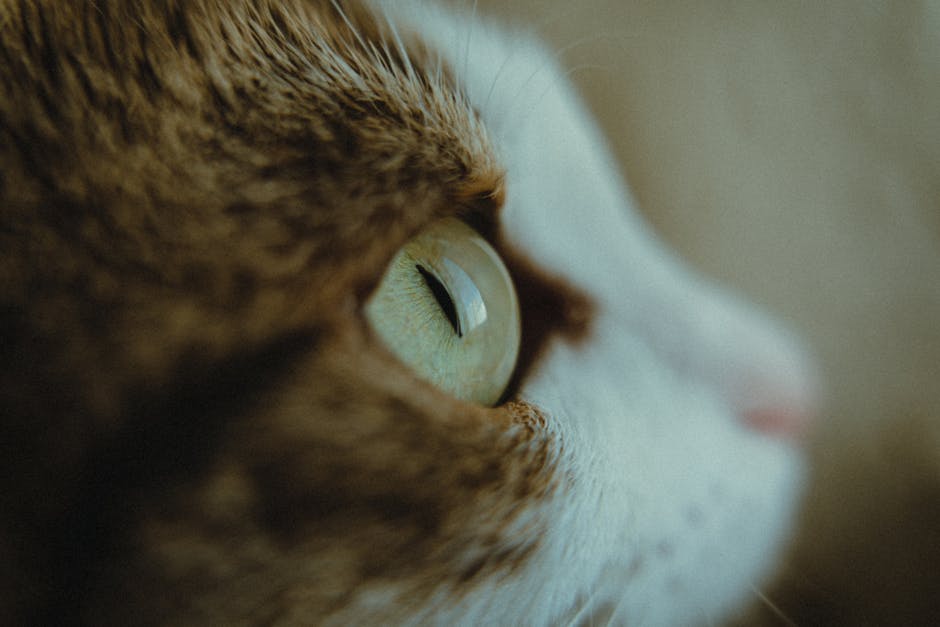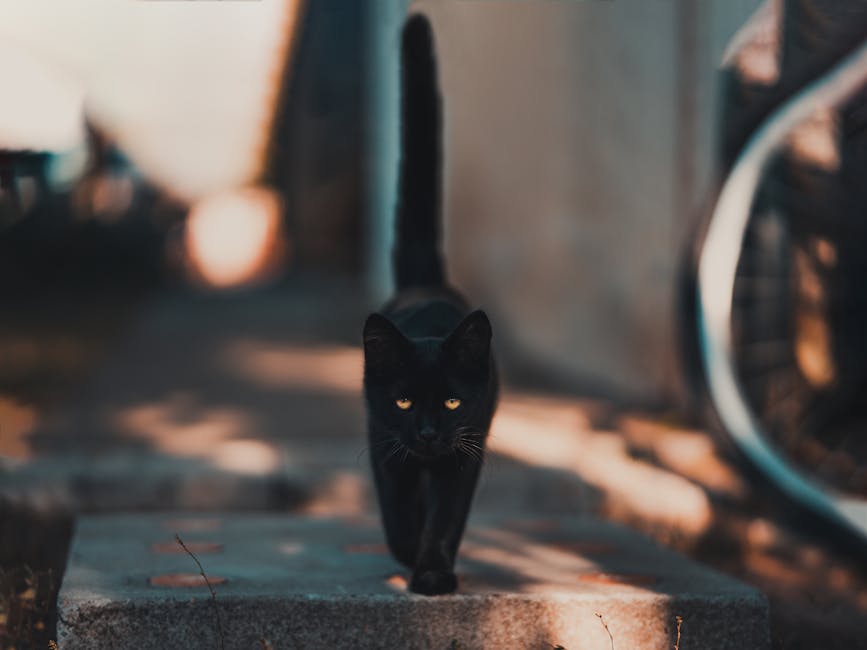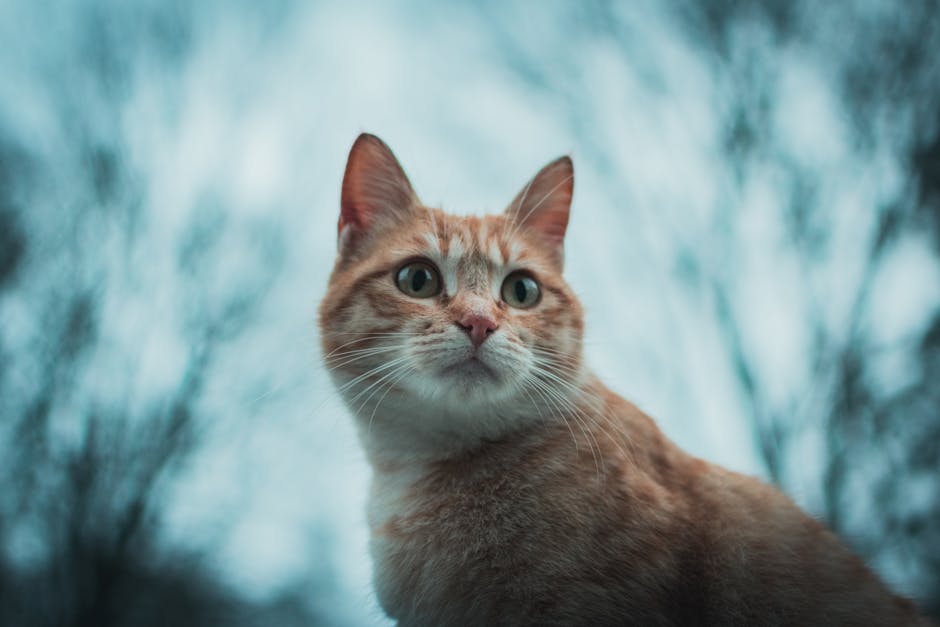When it comes to new-born creatures, nothing is quite as adorable as a litter of kittens. But have you ever wondered how cats give birth? The birthing process in cats is fascinating and unique compared to other animals. In this blog post, we will explore everything you need to know about how cats give birth, from the preparation period to the delivery process. Whether you are a cat lover or just curious animal enthusiast, you're in for a treat.
The gestation period of a cat and how long it takes for a cat to give birth

The gestation period of a cat is typically around 63-65 days. However, it is not always easy to determine exactly when a cat became pregnant, as females can mate with multiple males during their heat cycle. During the gestation period, the cat will need adequate nutrition, rest, and veterinary care to ensure a successful delivery.
Cat labor can last anywhere from a few hours to a day or more, with some cats giving birth to their kittens in intervals. It is important to give the cat a quiet and comfortable space to deliver her kittens. In addition, female cats will often clean and stimulate their kittens after birth, which is necessary for their survival.
If you suspect your cat is pregnant, it is important to consult with a veterinarian for proper guidance and care. Owners should be prepared for the arrival of kittens and have necessary supplies, such as a clean and warm space and proper nutrition for the mother and her kittens.
The signs of labor in a cat

One of the first signs that your cat is going into labor is nesting behavior. You may notice your cat seeking out a quiet and secluded area to give birth. This may be in a closet, under a bed, or in a box with blankets.
Another sign of labor is a decrease in appetite. This is likely due to the pressure of the kittens on the mother's stomach. It's important to continue offering food and water, but don't force your cat to eat.
Your cat may also become restless and start pacing, vocalizing, or panting. This is a natural response to the discomfort and pain of labor. It's important to try to keep your cat calm and relaxed during this time.
In addition, you may notice a clear discharge from your cat's vulva, which is the mucus plug that seals the cervix. This is a normal and necessary process that occurs before delivery.
If you notice any signs of distress in your cat during labor, such as heavy bleeding, no progress after an hour of active labor, or prolonged resting periods, contact your veterinarian immediately. It's important to ensure a safe and healthy delivery for both the mother and her kittens.
Preparing for the birth of the kittens

One of the most crucial parts of ensuring a safe and healthy birth for your cat and her kittens is to prepare ahead of time. Begin by setting up a quiet, warm, and comfortable space where your cat can give birth and care for her new litter undisturbed. This area should be free of any potential hazards, such as sharp objects or electrical cords, and should provide easy access to food, water, and a litter box.
It is also essential to keep an eye on your cat's eating habits leading up to the birth. She may lose her appetite in the final days of pregnancy, but it is crucial to ensure that she is still eating small and frequent meals to maintain energy levels.
As her due date approaches, pay close attention to any physical changes in your cat. Look for signs such as restlessness, panting, nesting behavior, and a drop in body temperature, which can indicate that labor is imminent. At this point, you should be ready to provide support and assistance as needed during the birth process.
By taking the time to prepare and closely monitor your cat in the lead-up to the birth, you can help ensure that she and her kittens have the best possible start in life.
The different stages of cat labor and how to identify them

During the birthing process or parturition, cats typically progress through three stages of labor. The first stage of labor is characterized by restlessness, nesting behavior, and decreased appetite. At this time, the female cat may paw at the ground and vocalize in discomfort. The first stage lasts for approximately 12 to 24 hours and ends when the cat's cervix is fully dilated.
The second stage of labor is when the active contractions begin. This is the stage where the kittens are born. The mother cat may start panting, meowing loudly, or even yowling during contractions. She may also experience some discharge from her vulva. The kittens will arrive one after the other, and the entire process can take anywhere from a few minutes to several hours. During this stage, the mother cat will help each kitten by biting off the sac that surrounds it, clean it up, and stimulate its breathing by licking it.
The third stage of labor is when the mother cat passes the afterbirth. This typically occurs within 5-30 minutes after the birth of each kitten and can be identified by a gush of blood and tissue. The mother cat will usually eat the afterbirth, which is a natural instinct to keep the area clean and prevent predators from being attracted to the scent.
It is important to monitor your cat throughout the labor process and contact a veterinarian if you notice any signs of distress or if the labor lasts more than 24 hours. Knowing what to expect during the different stages of labor will help you prepare and ensure a safe delivery for your feline friend.
How cats give birth and what to expect during the delivery

Cats give birth to their offspring known as kittens. The birthing process of a cat is called parturition. It is essential to know how cats give birth and what to expect during the delivery to keep both the mother and the kittens safe and healthy.
Before going into labor, female cats tend to become restless and may search for a quiet and secluded place to give birth. As contractions begin, the cat may meow, pace, or lick her belly and genital area to prepare for giving birth.
The first stage of labor usually lasts up to 24 hours and involves the cervix softening and the uterus contracting. The contractions will come in waves and gradually become stronger and closer together. During this phase, the cat may appear agitated and may avoid food or water.
The second stage of labor commences once the cat starts actively pushing the kittens out. The kittens should be born head first, and the mother should tear the sack covering the kitten's head and lick it to remove any fluid from their nose and mouth. The kitten should start breathing on their own after a few seconds. The mother cat will then chew off the umbilical cord and clean the kitten.
Once the kitten is delivered, the mother cat should rest for a few minutes before beginning to push again for the next kitten. The entire process can take a few hours, and cats can have litters ranging from one to ten kittens.
After giving birth, the mother cat will continue to clean her kittens, eat, and drink. It is crucial to provide a stress-free environment to avoid disturbing the mother and her babies. Monitoring the mother's behavior and the kittens' development for the first few weeks is essential to ensure their health and wellbeing.
In conclusion, a cat's giving birth is a natural process that starts when the mother cat becomes restless and ends when the last kitten is born. It is crucial to keep the mother and kittens in a stress-free environment during the birthing process, and to monitor the kittens' development during their first few weeks of life.
The importance of monitoring the health of the mother cat during and after delivery

One of the crucial things to keep in mind when a cat gives birth is the health of the mother cat. While we tend to get preoccupied with the well-being of the kittens, overlooking the mother’s health can lead to severe consequences. Thus, monitoring the mother cat’s condition and taking appropriate steps are essential.
During delivery, you should keep a close eye on the mother cat and check for any signs of distress or exhaustion. If she appears to be struggling during labor or takes too long to deliver a kitten, you should seek veterinarian help immediately. When the delivery is completed, ensure that the mother cat's nipples are not swollen, red, or painful, which could be indicative of a serious infection.
In the weeks following delivery, it's equally important to keep monitoring the mother cat's health. A loss of appetite, lethargy, abnormal discharge, or any other signs of discomfort could mean underlying health issues, and you should seek veterinary advice promptly. Providing adequate nutrition and rest to the mother is critical to ensure a speedy recovery.
In short, monitoring the health of the mother cat during and after delivery is crucial for ensuring that both the mother and her kittens are healthy. Being vigilant and proactive can help prevent any unexpected complications or health problems, and it's an essential part of responsible pet ownership.
Taking care of mother cat and her kittens after the birth

After the birth of her kittens, the mother cat needs a lot of care and attention. It is essential to provide a comfortable and cozy place for her to rest, preferably away from any disturbances. Make sure that she has access to fresh water and food nearby so that she can replenish her energy.
The mother cat will naturally clean and nurse her kittens. However, you may need to assist her in cleaning up any messes that occur during the process. Keep an eye on the kittens to ensure that they are nursing regularly. If you notice any problems or signs of distress, contact your veterinarian for guidance.
As the kittens grow, they will become more active and adventurous. It will be important to provide a safe and stimulating environment for them. Start introducing solid food to them around four weeks of age, and gradually reduce the amount of nursing they do. Make sure to socialize the kittens to ensure that they grow up to be well-adjusted cats.
In summary, taking care of mother cat and her kittens requires patience, vigilance, and a whole lot of love. With proper care and attention, you can ensure that they grow up happy and healthy.
Common complications and health issues that may arise during birth and how to handle them

During cat birth, there are several complications that may arise. These complications could range from mild to life-threatening for both the mother and her kittens. Some of these complications include:
1. Birthing Difficulties: Sometimes, the kittens may get stuck in the birth canal if the mother cat is having difficulty pushing them out. In such cases, it's crucial to seek veterinary assistance immediately.
2. Dystocia: This is a condition where the mother cat is unable to deliver her kittens normally. It could be due to a number of reasons such as inadequate contractions, twisted uterus, or the size of the kittens. Dystocia is a life-threatening condition that must be treated promptly.
3. Feline Herpesvirus: This condition can be transmitted to the kittens from their mother during birth. Symptoms include sneezing, coughing, and runny nose. Feline herpesvirus can be quite serious and may require veterinary treatment.
4. Eclampsia: This is a condition where the mother cat's calcium levels drop drastically after giving birth. Symptoms include restlessness, panting, muscle spasms, and fever. Eclampsia can be fatal, so prompt treatment is necessary.
As a cat owner, it's essential to keep an eye out for any signs of these complications during the birthing process. If you notice anything unusual, seek veterinary assistance immediately. By doing so, you can ensure the safety and well-being of both the mother cat and her kittens.




